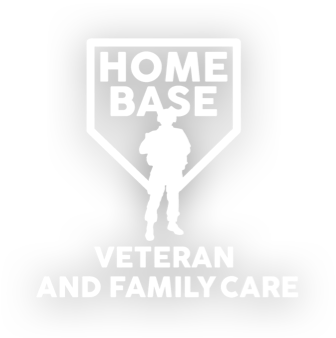STOP Skill – Dialectical Behavior Therapy (DBT) Tools

If you’re human, you may have found yourself reacting to a situation without thinking, maybe feeling guilt and shame later about what you did. There’s a skill that can come in handy the next time you feel your emotions boiling up. It’s called the S-T-O-P skill.
This skill comes from Dialectical Behavioral Therapy (DBT), which offers Distress Tolerance Skills. These skills are helpful, not necessarily to fix a crisis permanently, but to help you endure it as effectively as possible until the worst of it is passed. DBT loves its acronyms and STOP makes it easy to remember what to do.
Let’s apply this to an example: You’re in line at a grocery store, maybe ensuring there’s a good amount of space between you and the person in front of you, you’re stressed thinking about work, how you didn’t find everything you needed in the store, trying to keep an eye on your kids… and someone bumps into you. Maybe this would usually cause a strong emotional reaction from you. Perfect time to use the skill:

S is for Stop. Literally freeze and do not do anything, instead of just reacting as we often do.

T is for Take a step back (maybe even 2 or 3). This is going to put some physical distance between you and what triggered you, maybe even take a deep breath. Once you’ve done this, move on to…

O, which is for Observe. When you take a step back from something, your field of vision changes, you can see more of your environment and take in more information. What is happening around you AND within you? Maybe you’ll see someone bumped into you because someone bumped into them. Maybe they have a bunch of bags they are carrying. Maybe they have mobility issues. Maybe they have kids with them and they are trying to manage some difficult behaviors.
Either way, you’re observing things you wouldn’t have observed if you had just immediately reacted. Don’t forget to observe within yourself too.
How are you feeling?
What are the thoughts going through your head right now? “I feel anger,” “I’m reacting strongly,” or “I’m having a thought that I can’t believe this!” Just notice those things and maybe you can challenge them. Lastly…

P is for Proceed Mindfully. In taking advantage of the space and information you gained from the first 3 steps, make an intentional choice about what to do. Maybe you shrug it off, maybe you have some empathy, maybe you are just less annoyed than when it first happened. There is a special kind of satisfaction that comes with knowing you used a skill effectively to get through a situation. “Hey, I was able to use that STOP skill and I reacted differently than I usually would, I didn’t make anything worse!”
Like most things, this is easier said than done, so practice it when nothing is wrong. Then, when you do need the skill, you can more easily reach for it. You don’t want the first time you’ve tried it to be when you’re in distress. Just imagine a situation, maybe do this with kids too, where you go through each step, or do it with your phone or computer, preparing for those inevitable times when you get an email or text that upsets you. With kids or yourself you can also just use visual guides as reminders, drawing, or putting up a picture of a stop sign perhaps.
If you have questions about our mental health and clinical services at Home Base, please reach out to us! Visit homebase.org/connect2care to learn more about our clinical programs. Let us know how the S-T-O-P skill worked for you through our social media @homebaseprogram and tagging #HBHealthAtHome.

About the Author: Clare Stupinski., LICSW is a clinical social worker at Home Base and has had a long-standing interest in the issues that veterans face. Having varied experience treating a range of mental health issues including PTSD, depression, anxiety, and substance use disorders has prepared her to meet the needs of veterans and their families here at Home Base.


 Home Base
Home Base